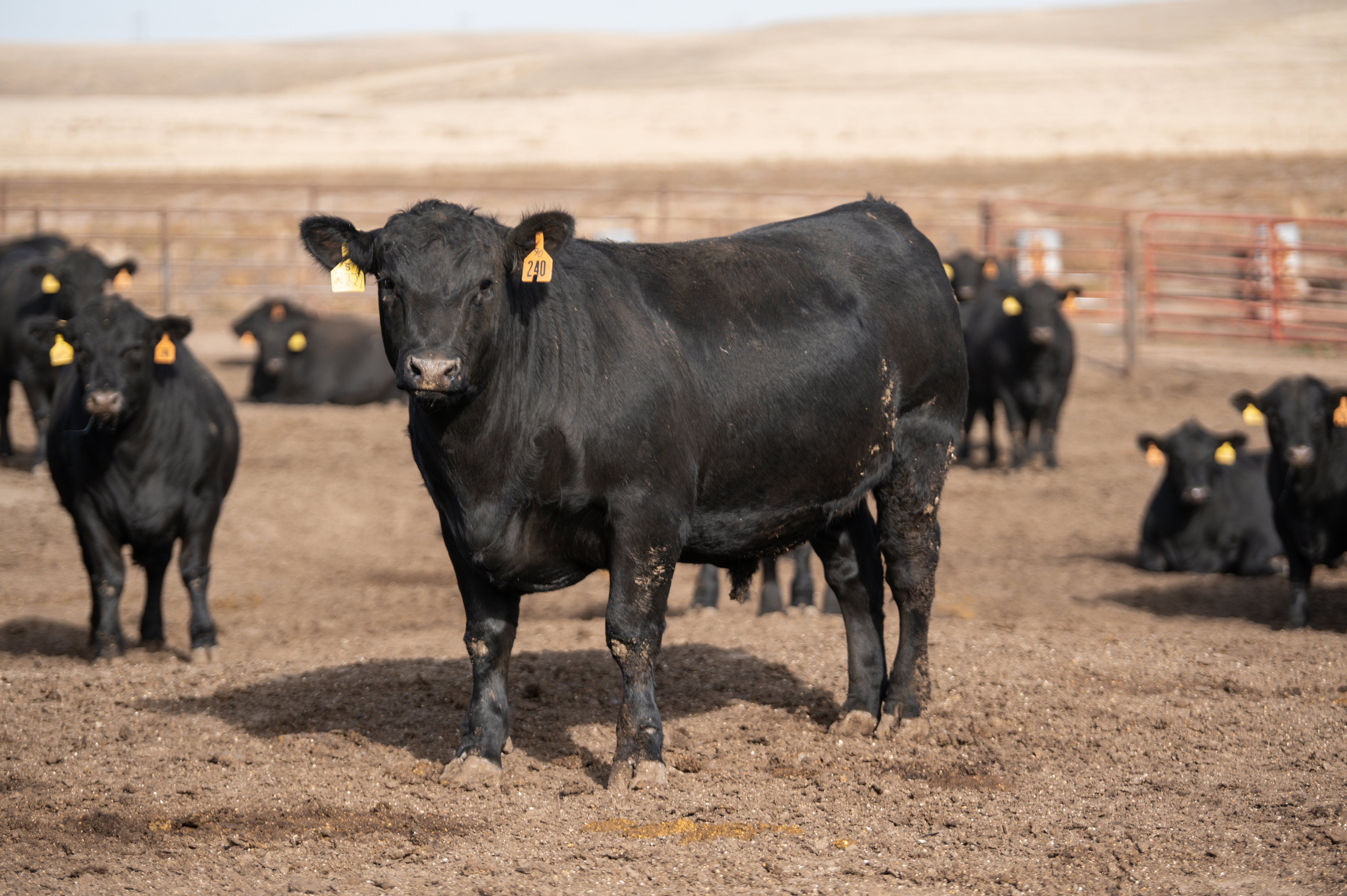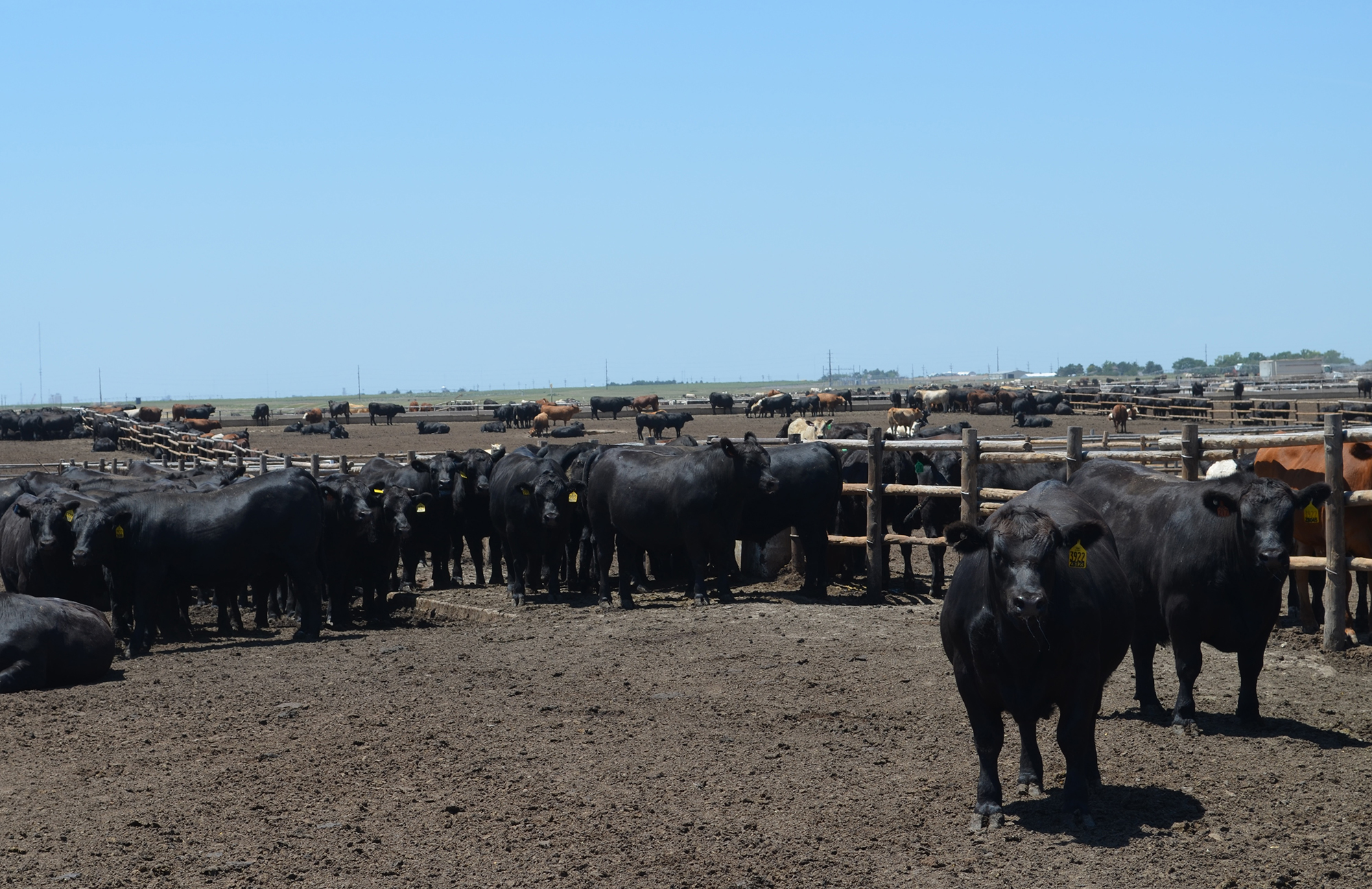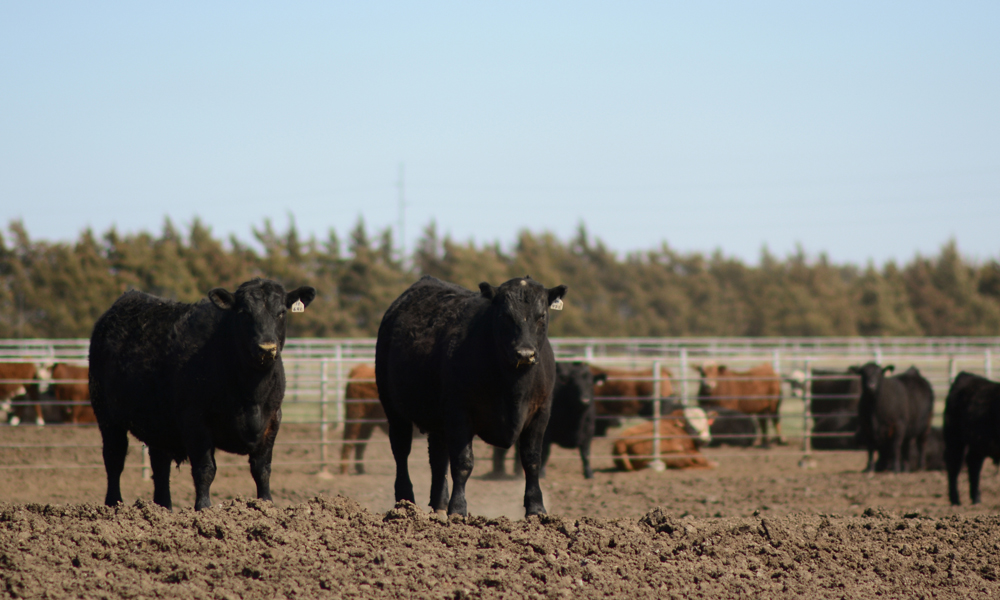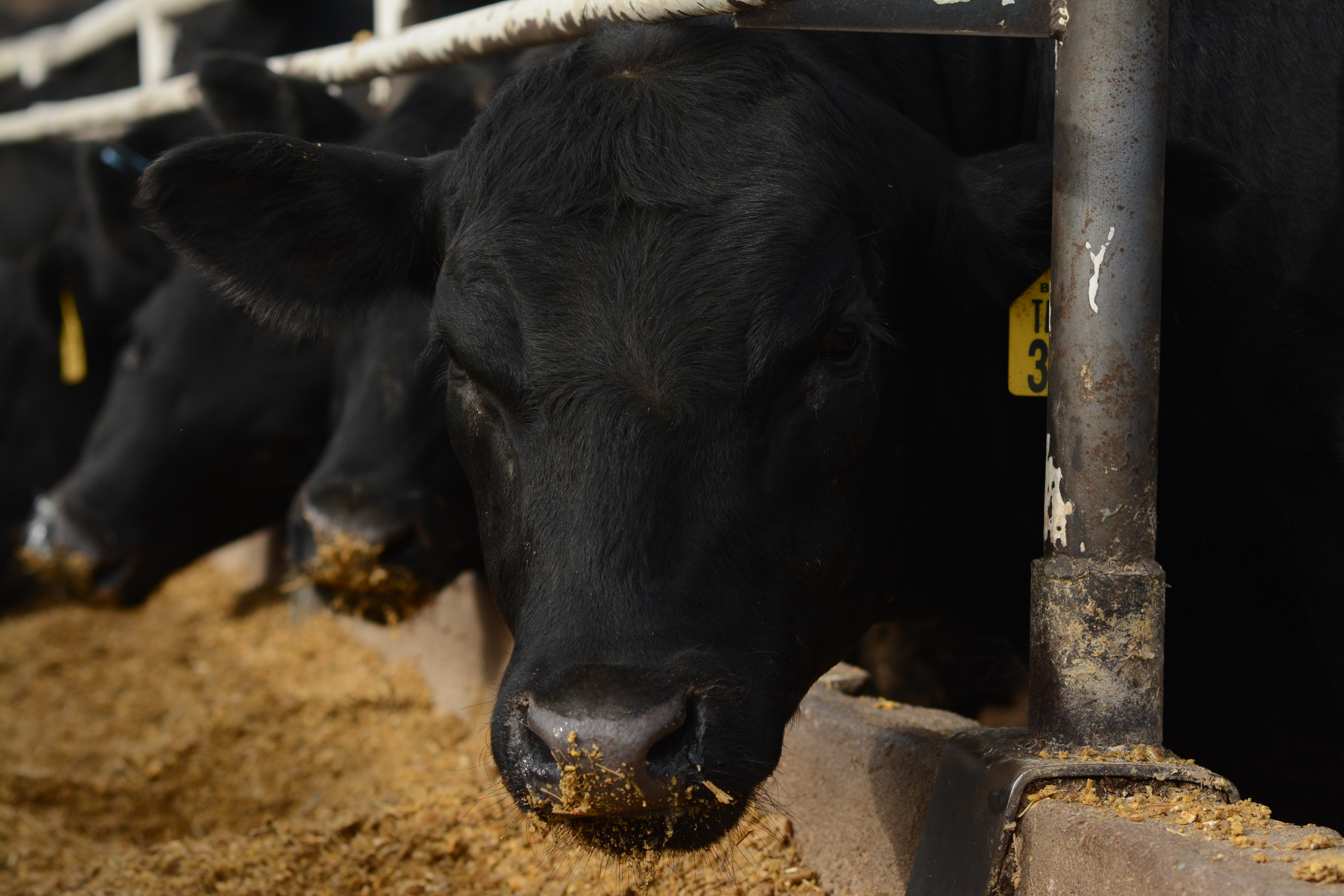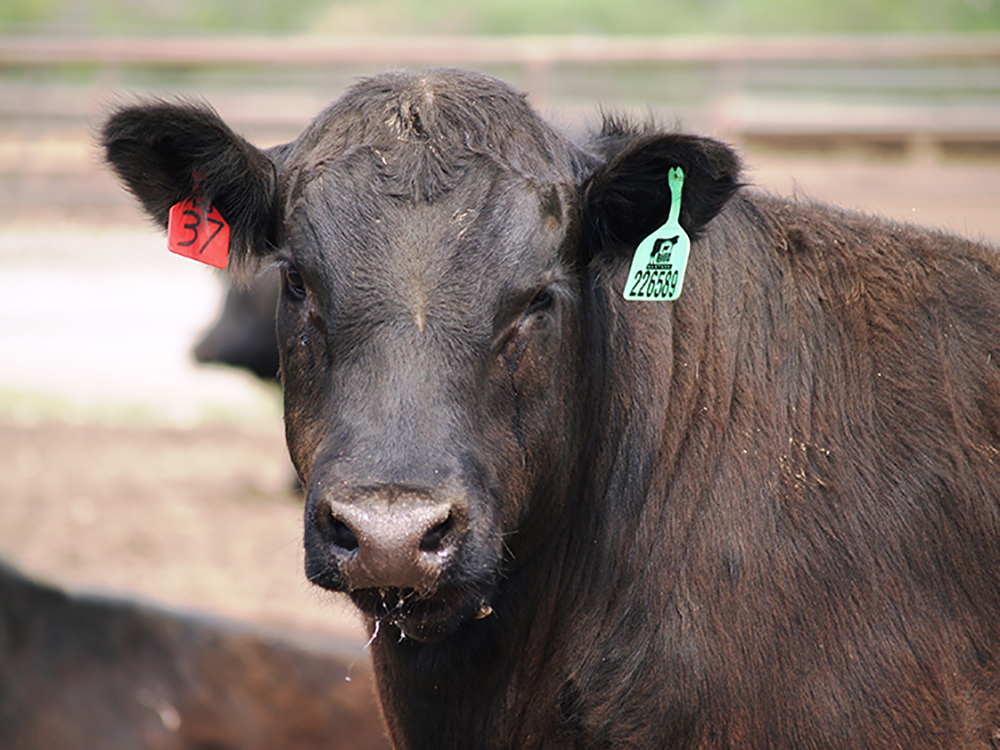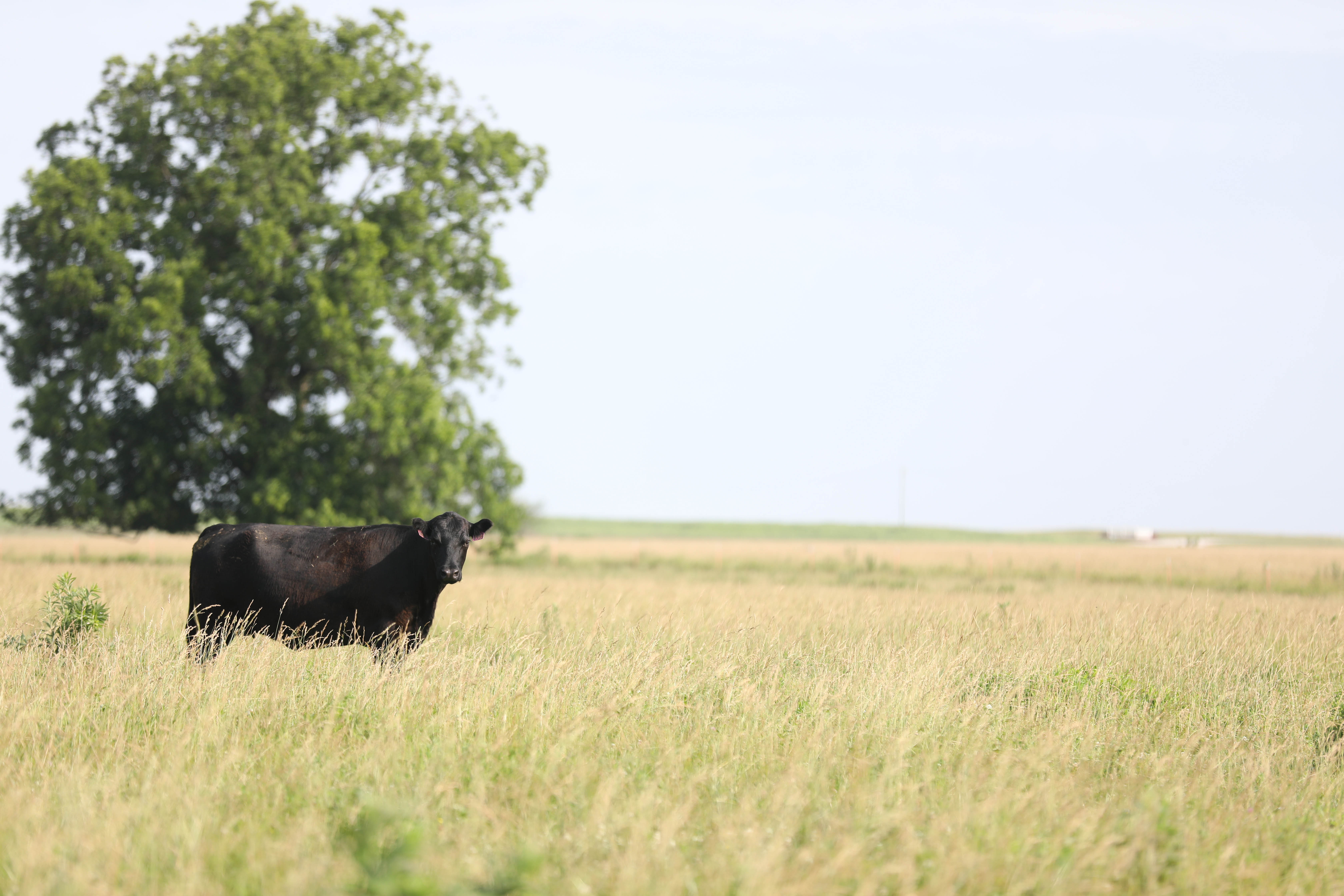
Darnall quality aim honored
by Jen Gillespie
November 30, 2011
One of the first and best Certified Angus Beef LLC (CAB) feeding partners, Darnall Feedlot, Harrisburg, Neb., was known for quality even before licensing in early 1999. Gary and Lane Darnall, father and son, signed on with their 20,000-head yard and quickly gained a wider reputation for consistent quality.
A few years later, CAB created the 30.06 Program to highlight harvest groups of cattle that hit the target with at least 30% Certified Angus Beef ® brand or Prime and no more than 6% outliers.
That’s not as easy as it might sound, especially for a large feedlot. But Darnall had previously won the CAB Partner of the Year for large yards (2006) and the Quality Focus Award (2008), as well as numerous awards in the National Angus Carcass Challenge a few years ago. So they know how to get the job done.
In September, Darnall reached the milestone of having enrolled more than 500 head of 30.06-qualified cattle. In fact, those 506 cattle earned a 43.92% CAB acceptance rate.
“The Darnall focus on high-quality Angus genetics starts on their ranch,” says Paul Dykstra, beef cattle specialist with CAB.

“Gary and Lane have a good sized cow herd of their own and they understand the ins and outs, from birth to harvest, choosing Angus cows as the factory for their own operation,” he says.
With that background, the Darnalls understand the challenges cattlemen face. That helps them in building relationships.
“The customer has to have confidence in the feedlot, knowing they’ll do a good job at protecting and enhancing the value of their investment,” says Gary Darnall.
Consistent quality is a team effort. “It’s the cattle, the producers that engineer those cattle, and the genetics,” Darnall says. “We feel pretty humble in saying that we get to add some value to that product to a point where it will grade in the upper Choice category.”
Being a CAB partner is just a win/win deal, he adds: “It provides incentive to produce a higher quality product, all the way from the rancher to the retailer.”
You may also like
$100,000 Up for Grabs with 2024 Colvin Scholarships
Certified Angus Beef is offering $100,000 in scholarships for agricultural college students through the 2024 Colvin Scholarship Fund. Aspiring students passionate about agriculture and innovation, who live in the U.S. or Canada, are encouraged to apply before the April 30 deadline. With the Colvin Scholarship Fund honoring Louis M. “Mick” Colvin’s legacy, Certified Angus Beef continues its commitment to cultivating future leaders in the beef industry.
Raised with Respect™ Cattle Care Campaign Launched This Fall
Raised with Respect™ was developed as part of a strategic cattle care partnership between Sysco and CAB. The collaboration focuses on supporting farmers and ranchers, equipping them with continuing education to stay current on best management practices and helping to increase consumer confidence in beef production.
Drought Impact and Cattle Industry Dynamics
As drought conditions persist across much of cattle country, farmers and ranchers are at a pivotal juncture in the cattle industry’s landscape. What impact does this prolonged dry spell have on the nation’s herd numbers? When will heifer retention begin? How will industry dynamics influence the spring bull sale season?






